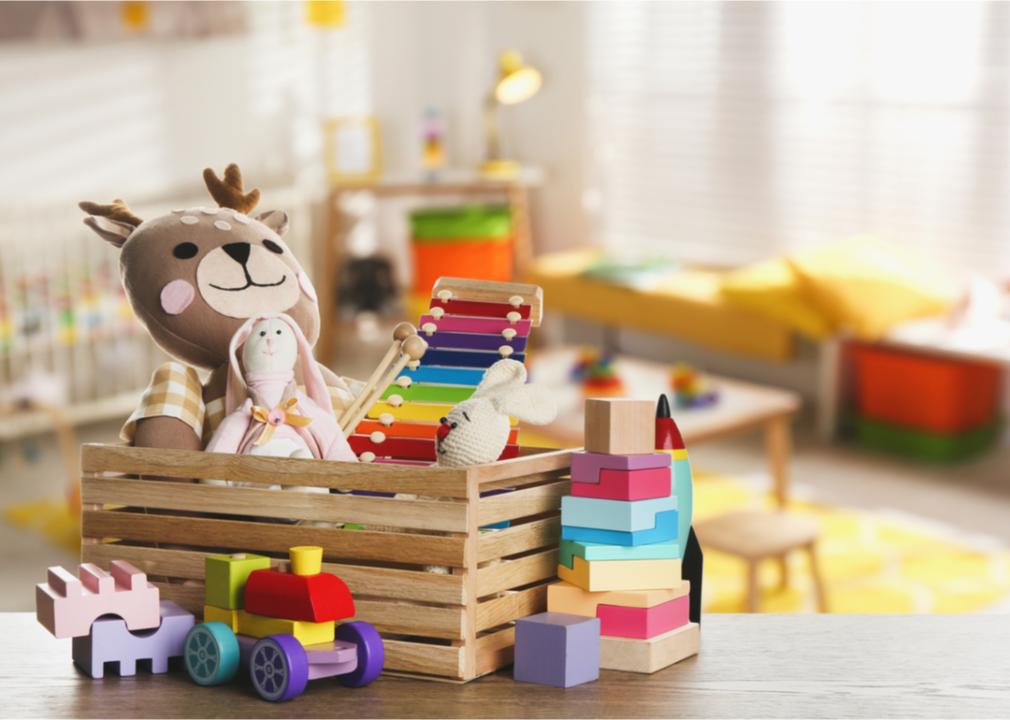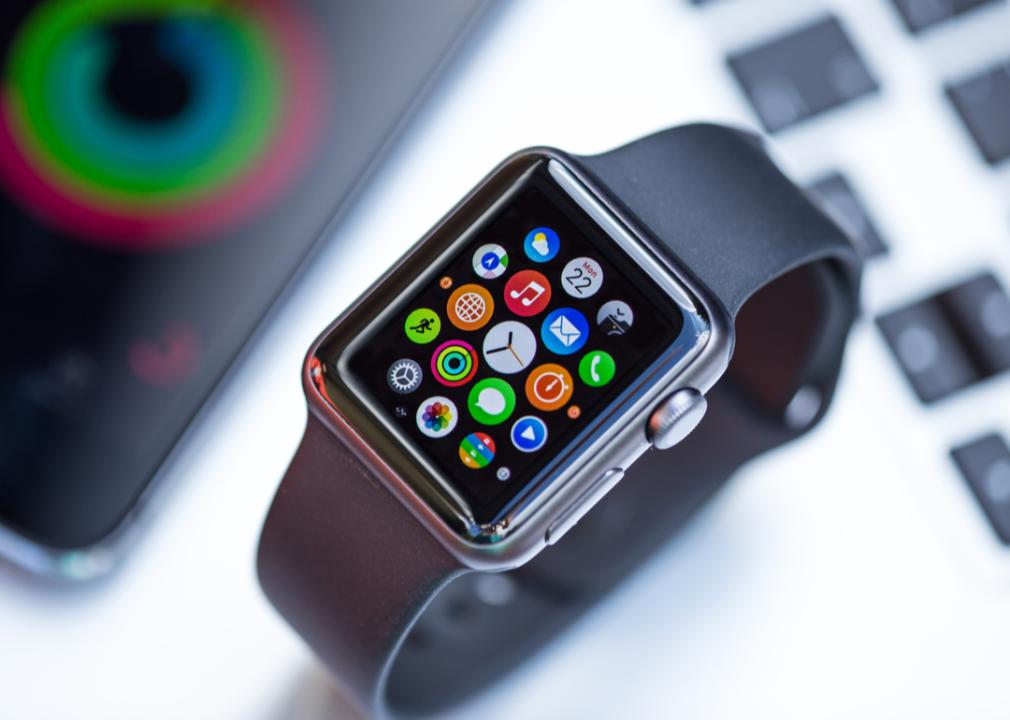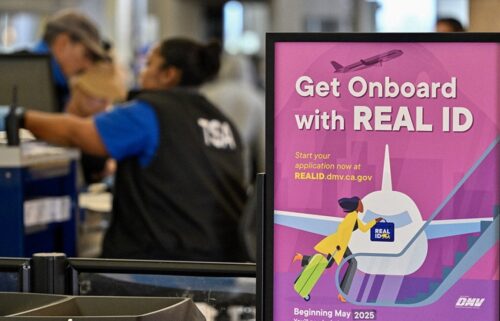8 biggest e-commerce sectors today

Yulia Grigoryeva // Shutterstock
8 biggest e-commerce sectors today
The pandemic accelerated the already high speed with which e-commerce was taking over traditional brick-and-mortar retail. It’s predicted that by 2024, revenue from e-commerce will surpass in-person shopping. E-commerce is defined as the online purchases of consumable and durable goods for personal use. Total e-commerce revenue in 2021 was a whopping $799.5 billion and it shows no signs of slowing down with projections for 2022 totalling nearly $908 billion.
Wicked Reports used data compiled from Statista eCommerce Market Forecast to rank each sector of e-commerce based on revenues in 2021. The percent change from the previous year is also included. Purchases of digital media and online services, such as paying for streaming movies and booking tickets respectively, are not included in this report.
The electronic goods category includes household appliances and consumer electronics. Media includes physical CDs, games and books. Food includes fresh and processed food as well as pet food. The beverages category includes all hot, cold and alcoholic drinks. Toys, hobby and DIY includes children’s toys, sporting goods, and other home repair and hobby supplies. Furniture includes movable, functional pieces like beds and chairs. Fashion includes men’s, women’s and children’s clothes and accessories. Beauty, health, personal and household care includes cosmetics and cleaning products.
![]()

makasana photo // Shutterstock
#8. Media
– Total sales in 2021: $31.7 billion
– Change from 2020: +5.8%
Even with the popularity of streaming and downloading movies and music, physical media is still a top category for e-commerce. The media segment covers consumers sales of physical books, CDs, DVDs, and video games on disc. It doesn’t include downloaded digital media or streaming services. It also doesn’t include the cost of shipping. Amazon is one of the top providers of physical media in the United States. By 2025, the number of users in the media segment is expected to be 134.9 million.

pikselstock // Shutterstock
#7. Food
– Total sales in 2021: $41.5 billion
– Change from 2020: +17.3%
This category includes subscription recipe boxes like HelloFresh and grocery delivery from supermarkets and big box stores like Walmart. It doesn’t include supplements, baby food or food consumed outside the home. It also does not include ready-to-eat meal delivery services and totals don’t include the cost of shipping. Items in this category include fresh produce, seafood, bread, sweeteners, snacks, refrigerated products, and frozen food. The majority of consumers are still buying food in person as user penetration will only be 18.8% in 2022. This leaves lots of room for growth as more consumers try buying food from Amazon and online grocery retailers.

Andrew Angelov // Shutterstock
#6. Beverages
– Total sales in 2021: $59.1 billion
– Change from 2020: +32.6%
The beverage category includes all alcoholic drinks, nonalcoholic drinks like sodas and juices, and hot drinks like coffee and tea. Top sellers in this category include Amazon, grocery chains and beverage retailers like boxed.com. Consumption outside the home is not factored into total sales and neither is the cost of shipping. The number of people buying drinks online is expected to grow to 79.9 million by 2025. This will be 23.5% of users compared to 20% in 2022 who purchase beverages online.

July Prokopiv // Shutterstock
#5. Beauty, Health, Personal and Household Care
– Total sales in 2021: $87.4 billion
– Change from 2020: +32.6%
This segment includes cosmetics, perfumes, over-the-counter medicines and vitamins, and body and hair products. It also includes household goods like cleaners, paper products and hand sanitizers. This category does not include prescription medications, which averaged around $26 billion per month in 2021. It also doesn’t include homeopathic remedies or strangely, facial cleaners. Top sellers are online drug stores, beauty stores like Bath and Body Works, and Amazon.

New Africa // Shutterstock
#4. Toys, Hobby and DIY
– Total sales in 2021: $105.6 billion
– Change from 2020: +14.3%
This is a broad category encompassing children’s toys—including video game consoles, musical instruments, art supplies, sporting and fishing gear, and gardening equipment. However, it does not include board games, video games, athletic wear, shoes or gambling equipment. Major sellers include Amazon and Walmart in addition to Toys“R”Us and Staples. The average revenue generated per shopper is $851 and the user penetration of the segment is estimated to jump from 42.5% to 47.3% by 2025. Many people picked up new hobbies during pandemic-induced lockdowns, and the segment shows no signs of slowing down.

New Africa // Shutterstock
#3. Furniture
– Total sales in 2021: $132.7 billion
– Change from 2020: +10.9%
This category includes beds, tables, lighting, shelves, and seating. It omits permanent fixtures like sinks and baths, electronics, and household appliances. This category includes both sales to consumers and to other businesses. The biggest players are Wayfair and Ikea. The U.S. has the biggest market volume of any country in this category with projections of $149,386 million in revenue in 2022.

Lukas Gojda // Shutterstock
#2. Electronics
– Total sales in 2021: $161 billion
– Change from 2020: +12.6%
From refrigerators to cell phones and smart streaming devices, electronics are sold online by a myriad of small retailers and heavy hitters such as Amazon, BestBuy, and Ikea. While there is a growing market for used and refurbished electronic goods, these figures reflect only purchases of new items and exclude video game consoles and lighting. Many employees are still working from home at least part of the time, and this category includes home office supplies such as printers, copiers, and phones. Estimated user penetration for 2022 is expected to be 56.2%, growing to 67.2% by 2025. Popular items in this category include baby monitors, electric toothbrushes, and tablets.

Farknot Architect // Shutterstock
#1. Fashion
– Total sales in 2021: $180.5 billion
– Change from 2020: +24.7%
This category includes shoes, clothes and accessories including timepieces, jewelry, glasses, leather goods and scarves. It doesn’t include work uniforms or smartphone covers. Luggage and bags like purses, suitcases and briefcases are also included. Major retailers include eBags, Zara, Nordstrom, Clarks, and Amazon. User penetration is estimated to be 52.4% in 2022 with average revenue per user just over $1,100.
This story originally appeared on Wicked Reports
and was produced and distributed in partnership with Stacker Studio.



